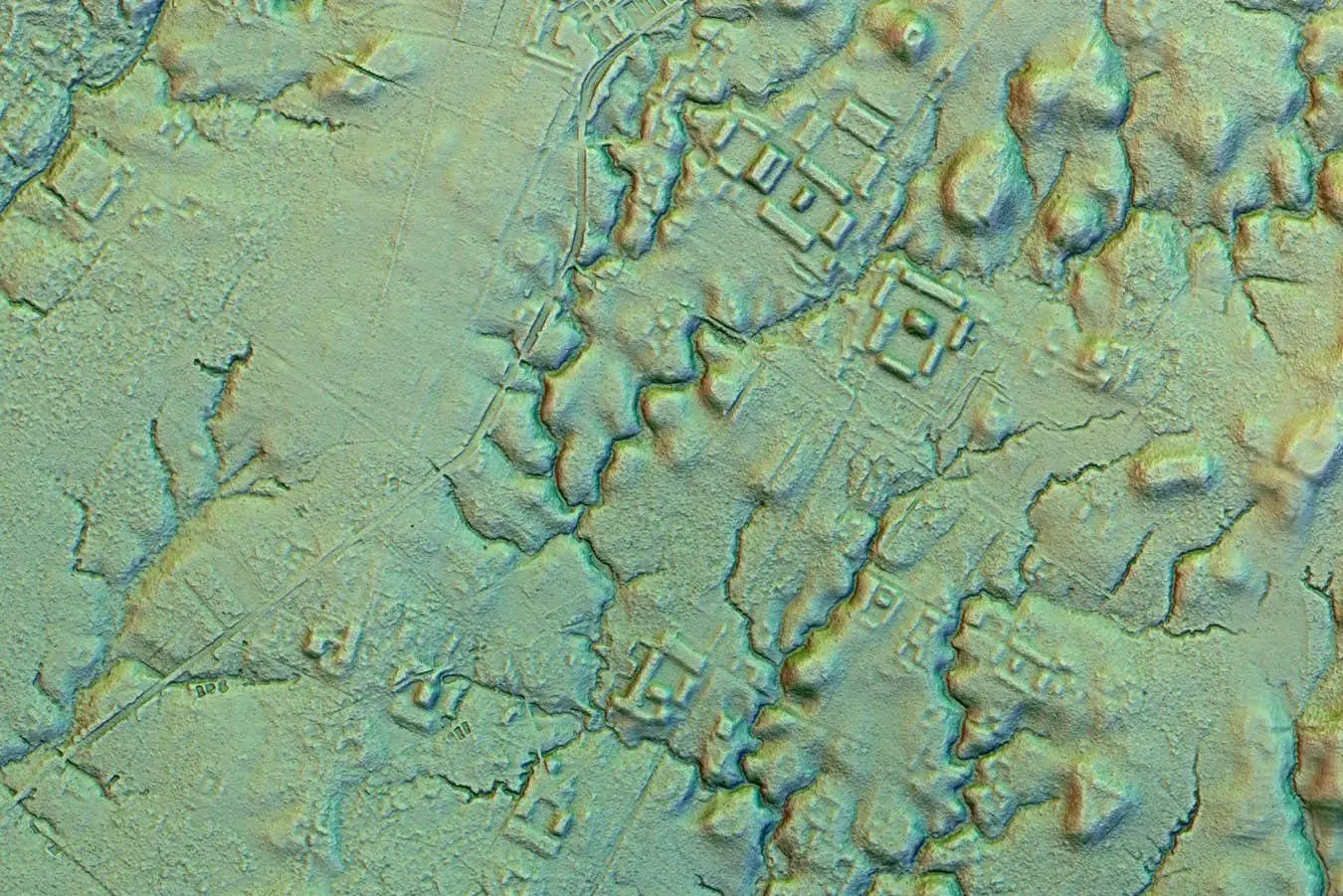"The settlements are much bigger than others in the Amazon,” says Stéphen Rostain at the French National Center for Scientific Research in Paris. “They are comparable with Maya sites.”
What’s more, at between 3000 and 1500 years old, these cities are also older than other pre-Columbian ones discovered in the Amazon. Why the people who built them disappeared isn’t clear.

South American history has been rewritten only in the past few years. Lidar and overhead satellite photography has revealed multiple forgotten cities that have been lost over the span of thousands of years, rising and falling to be reclaimed by the jungle over time. Intricate civilizations supporting populations in the hundreds of thousands, with pyramids taller than Egypt and earlier in time have been revealed.
The Eurocentric view is being slowly undone. I don’t think there is a consensus on how it happened, only that the civilization had already recently declined by the time Europeans got there, which unfortunately led to this idea that the people were genetically incapable of development and Civilization. We know where that led. (Even in 2016 in Ecuador, a Mormon missionary told me that rationalizing with those people was worthless and that they hadn’t even invented the wheel). There’s an unfortunate legacy of colonization in South America that perpetuates the inferiority complex among certain groups.
Reclaiming heritage and learning the history of these once proud people is a way to break that cycle. I am hopeful that in the upcoming decades, we continue to discover more and listen to and appreciate the descendants of these original civilizations. Thanks for sharing this article. There is a somewhat related, recent PBS Nova episode on how these cities functioned if you have the time. https://www.pbs.org/wgbh/nova/video/ancient-builders-of-the-amazon/

Aliens took them, obviously. What else? What other logical, rational, simple explanation could there be?

I’ll tell you why. They built all that infrastructure only for their enemies to use it as an all-you-can-take pillage buffet.

I’m not sure if you’re referring to the Conquistadors, but this site was abandoned quite a long time before that.
All the Upano artefacts dated by Rostain’s team are older than 1500 years, however, suggesting the settlements in the valley were abandoned after this time, long before the colonial era. Why isn’t clear, but the team has found layers of volcanic ash, so it is possible a series of eruptions forced people to leave the valley.

It’s good that you’re not sure. Most indigenous pops weren’t buddy-buddy with each other, no matter the region. And haters gonna hate. So, raid and pillage for whatever reason. Boom! Civilization gone.

Sure, but there is no evidence of that here.

